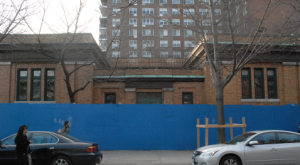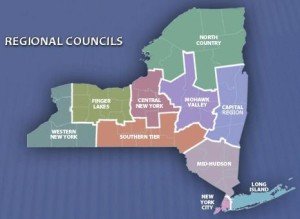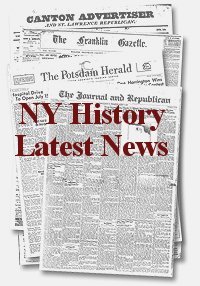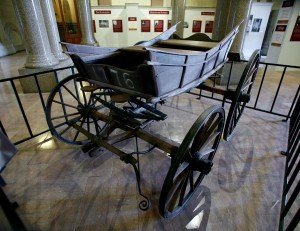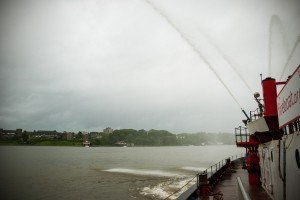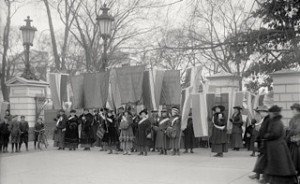Portrait of John Dickinson published by R. Wilkinson, May 1783. PR 52 Portrait File
The line between historical obscurity and fame is often a fine one. It’s not surprising then that on July 4th no one thinks about the most important document produced by Congress before the Declaration of Independence: the Declaration of the Causes and of the Necessity of Taking Up Arms. As its title implies, it was a justification for armed resistance to England’s abusive treatment of the colonies, with a chronicle of outstanding grievances.
Like many such historic texts written “by committee” its authorship has been the subject of some curiosity. Roger L. Kemp offers the now accepted explanation in Documents of American Democracy: A Collection of Essential Works. On June 26, 1775, after Congress had scrapped the first draft by John Rutledge of South Carolina, it appointed to the committee Thomas Jefferson and John Dickinson, of Pennsylvania – pdf to doc. Ultimately, Dickinson wrote the final version, incorporating content from a previous draft by Jefferson. Though that draft is held by the Library of Congress, an original draft, in Dickinson’s hand, resides at the New-York Historical Society.
The first page of Dickinson’s draft,1775. AHMC – Dickinson, John
Perhaps influenced to Read more
